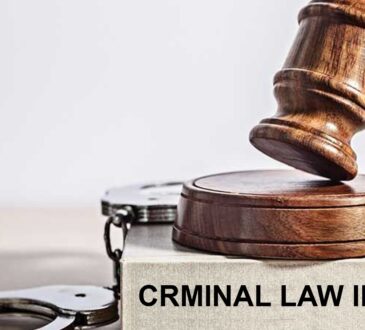
In the landscape of financial management and recovery, bankruptcy law emerges as a critical pathway for individuals and businesses grappling with overwhelming debt. Far from being a sign of defeat, filing for bankruptcy is a legal process designed to provide a fresh start by reorganizing or discharging debts. This article delves into the intricacies of bankruptcy law, the various types of bankruptcy filings available, and the process involved in seeking relief under this provision.
Understanding Bankruptcy
Bankruptcy law in the United States is federal law, allowing debtors to eliminate or repay their debts under the protection and procedural guidance of the bankruptcy court. Bankruptcy cases are specifically filed in United States Bankruptcy Courts, and the process is outlined in the United States Bankruptcy Code.
Types of Bankruptcy
- Chapter 7 Bankruptcy: Often referred to as “liquidation bankruptcy,” Chapter 7 allows individuals to discharge most types of unsecured debt. The process may involve the liquidation of non-exempt assets to pay off creditors.
- Chapter 13 Bankruptcy: This “wage earner’s plan” enables individuals with regular income to develop a plan to repay all or part of their debts over time, typically three to five years, without liquidating assets.
- Chapter 11 Bankruptcy: Primarily for businesses, allowing them to continue operating while reorganizing their debts under a court-approved plan.
The Bankruptcy Filing Process
The bankruptcy process begins with counseling from an approved credit counseling agency, followed by the filing of a petition with the bankruptcy court serving the area where the individual lives or where the business debtor is organized or has its principal place of business or principal assets.
Required Documentation
Filing for bankruptcy requires detailed documentation, including:
- A list of all creditors and the amount and nature of their claims.
- The source, amount, and frequency of the debtor’s income.
- A list of all of the debtor’s property.
- A detailed list of the debtor’s monthly living expenses.
The Role of Legal Representation
Navigating bankruptcy requires thorough legal understanding and strategic planning. Legal representation is invaluable in this process, ensuring that filers are fully aware of their rights, the implications of filing, and the most beneficial type of bankruptcy to pursue based on their specific circumstances. The Yarborough Law Group offers comprehensive guidance and representation in bankruptcy cases, helping clients navigate the complexities of the bankruptcy process.
Life After Bankruptcy
Bankruptcy can offer a new beginning, freeing debtors from the burden of unmanageable debt. However, it’s also a significant financial event with long-term implications, particularly on one’s credit score. Post-bankruptcy, it’s crucial to adopt sound financial practices, rebuild credit responsibly, and leverage financial education resources to ensure lasting financial stability.
The Misconceptions Surrounding Bankruptcy
Many misconceptions surround bankruptcy, often viewed as a failure or the end of financial independence. However, bankruptcy law exists to provide a safety net for those facing insurmountable financial challenges, offering a structured way to address debt and regain financial footing.
Bankruptcy law serves as a testament to the resilience and recovery possible for those who find themselves facing financial difficulties. With the right approach and guidance, bankruptcy can be a stepping stone towards financial recovery and resilience.




